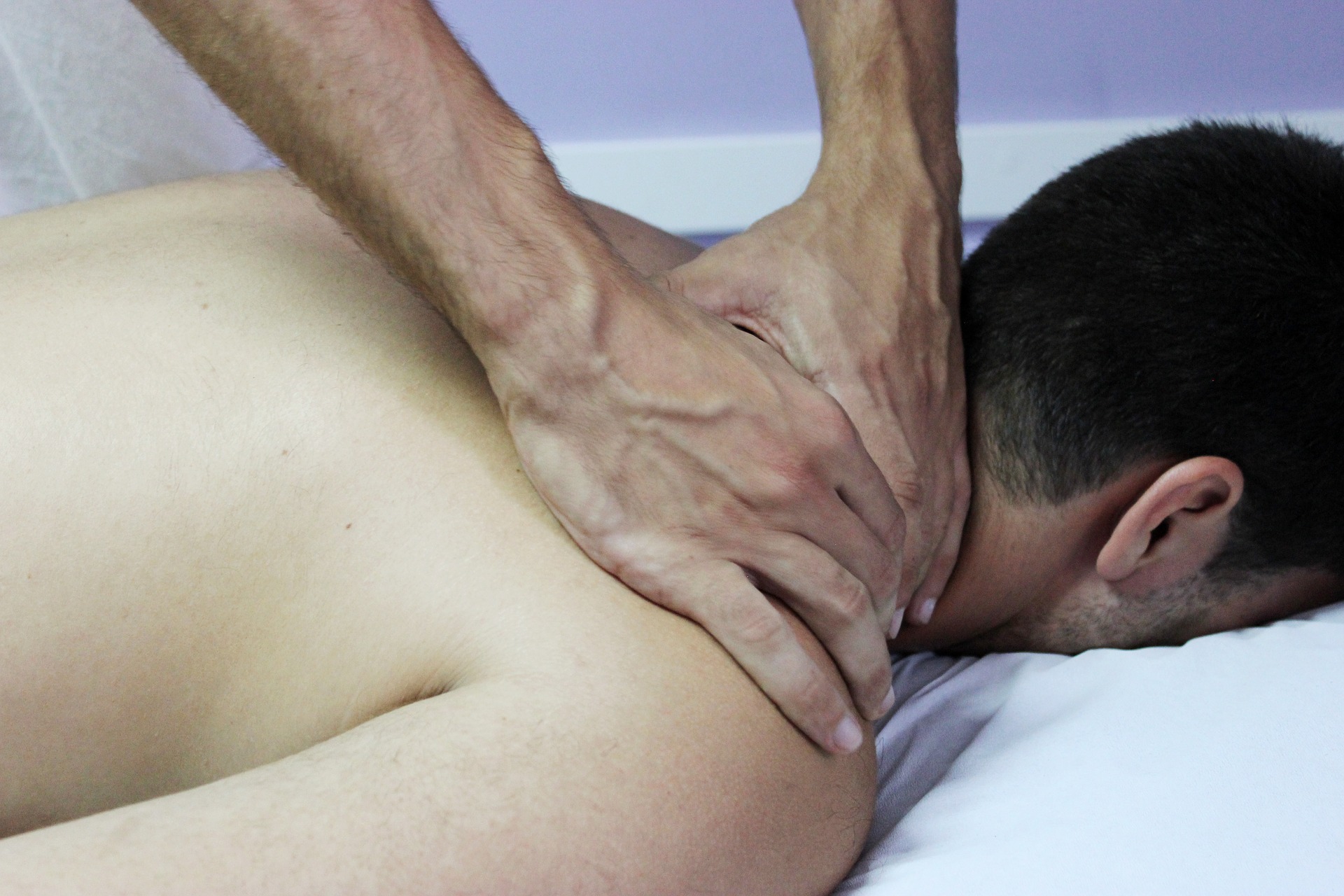Osteopathy is a manual therapy applied to the musculoskeletal framework to diagnose, treat, and prevent health conditions. It is a manual therapy that involves moving, stretching and massaging the patient’s muscles and joints. It has a positive impact on various body systems including the circulatory, nervous, and lymphatic systems. This speciality aims to see the different body systems function smoothly and in tandem. No single body part is treated on its own as there is a dependency on each other.
What Is an Osteopath?
Osteopaths are medical practitioners that specialise in osteopathy. They are registered under the General Osteopathic Council (GOsC) that requires they have earned the relevant degree and undertaken over 1,000 hours of clinical training before graduation. You can see an osteopath privately or be referred to one by your doctor. Some treatments may be covered by the NHS in some areas.
Ensure the osteopath you are seeing is registered with the GOsC who require annual renewal of licenses, suitable professional indemnity insurance and that members remain in good health and standing. The GOsC also requires osteopaths to undertake continuing professional development training.
These healthcare professionals take a holistic approach when it comes to treatment. They primarily use manual manipulation to balance out body systems. This means that even if you are concerned about just one problem area, your osteopath may apply treatment to other body parts in an attempt to strengthen and improve your health.
What Do Osteopaths Treat?
Osteopaths are typically sought out where a patient is suffering a condition related to their musculoskeletal frame, or muscles and joints. Some of the most common conditions they treat include:
- Lower back pain
- Uncomplicated neck pain
- Shoulder pain
- Sciatica
- Pain from arthritis
- Sports injuries
- Joint pain
- Posture problems
It may also help in the treatment of headaches and migraines, and pains related to pregnancy and post-partum. Where you are pregnant and are considering osteopathic treatment, be sure to first consult with your GP or midwife.
Osteopath patients can greatly vary to include youths, the elderly, office workers, and sportsmen. Where you may be suffering pain associated with muscles or joints, osteopathic treatment may prove a viable solution.
Techniques Used by Osteopaths
Osteopaths will often use physical manipulation in their treatment plans. They do not use medications or surgery. The manual manipulation may include stretching, massages, application of gentle pressure, and resistance. Articulation where the joints are moved to establish or improve the natural range of motion is also used. High-velocity thrusts are another technique that is mainly used on the spine. It involves short and sharp movements that can produce a clicking sound.
These techniques are undertaken with a goal of:
- Improving mobility and range of motion
- Reducing pain
- Easing muscle tension
- Increasing blood flow to tissues
- Promoting faster healing
- Improving overall health
These treatments are not supposed to cause pain. They may however cause some mild discomfort or stiffness for first-time patients, in the first few days of treatment. Be sure to inform your osteopath if you experience any negative side effects, during or after treatment sessions.
What to Expect During Treatment?
During your first visit, the osteopath will take a medical history to establish your general state of health, symptoms you are suffering and what treatment you have had so far. Thereafter, you will undergo a physical examination. You may be asked to take off some of your clothing or change into a gown for this. The exam will involve the osteopath using his hands to identify and manipulate areas of pain or weakness. You may also be asked to perform some simple movements as part of the exam.
You may be requested to undergo further diagnostic testing like scans or blood tests. Once the results are back, your osteopath will discuss your options with you. If osteopathic treatments are not recommended for your condition, the osteopath will likely refer you back to your GP. If osteopathy is recommended and you give consent, a treatment plan can be discussed.
The treatment plan developed may include any of the various osteopathic techniques like massage, stretching, articulation, and high-velocity thrusts. The plan will be tailored to your specific condition. You will be advised of what to expect during sessions. You will also be trained on exercises you can do at home, in between sessions. Where posture is a concern, you will also be advised on how to correct this in your daily activities.
Is It Safe to See an Osteopath?
Osteopathy is a health profession legally recognised in UK law. Its treatments are also recognised and in some cases covered by the NHS. The speciality is overseen by the GOsC which renews practitioners’ licenses annually. They must be properly qualified and meet the council’s high standards of practice. This includes discussing any potential risks or side effects of the therapies they offer. Any patient that has concerns may issue their complaint to the council and it will investigate. Every effort is made to ensure the safety of patients that seek osteopathic treatment.
Osteopathy is considered an effective and safe treatment for many mild-to-moderate pain conditions. It aims to not only relieve this pain but also improve the overall health of the patient so they enjoy a better quality of life.
This therapy should not be undertaken where there is a risk of further damage to a person’s musculoskeletal frame. It should also not be considered where the patient’s health condition is severe enough to be negatively affected by any of the techniques applied.


